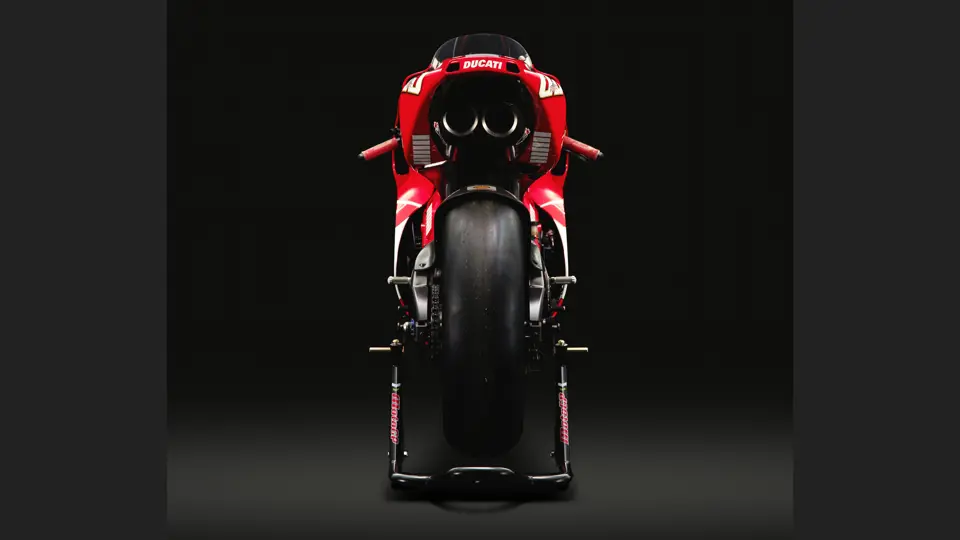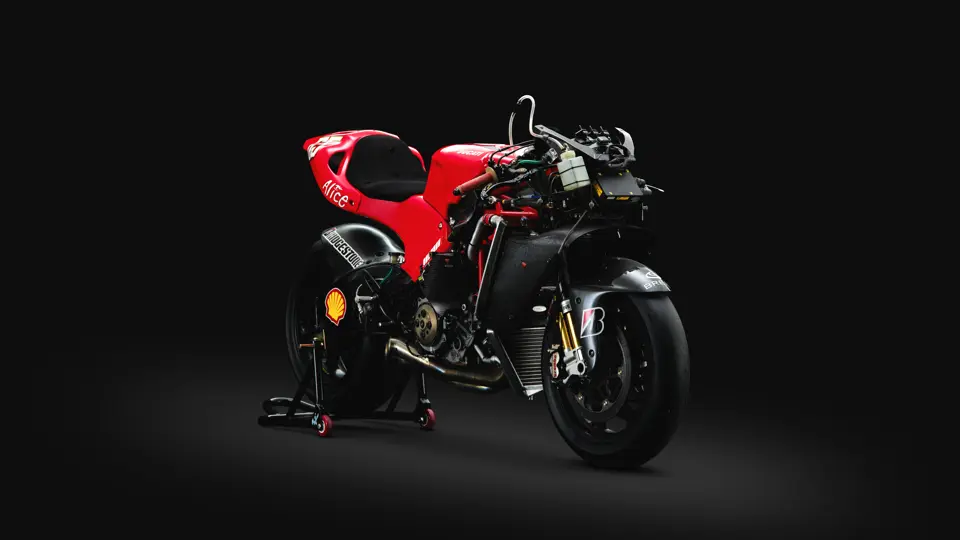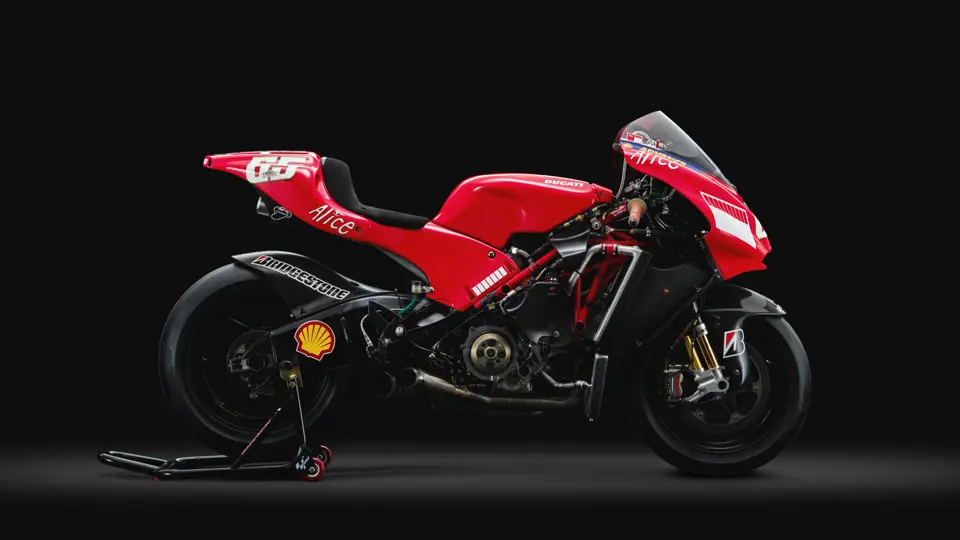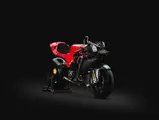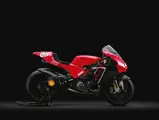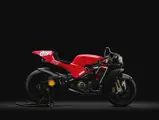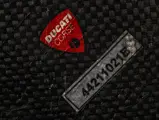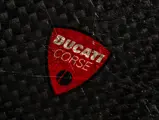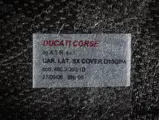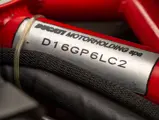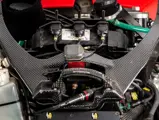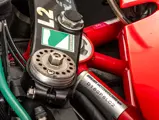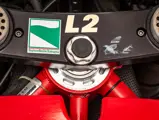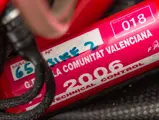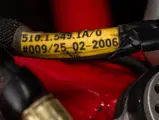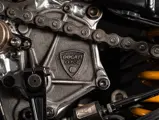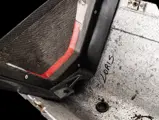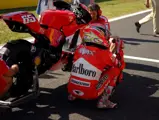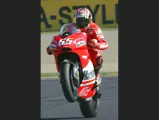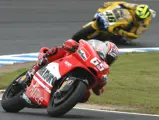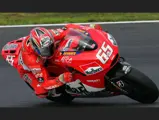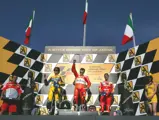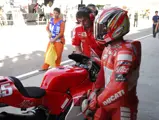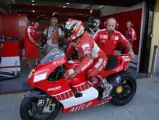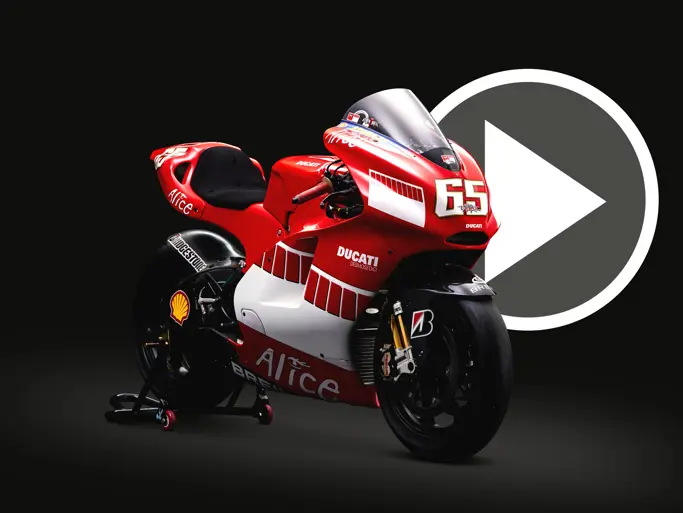
2006 Ducati GP6
{{lr.item.text}}
{{bidding.lot.reserveStatusFormatted}}
- The Ducati GP6 – born to win and exclusive to the factory team and its riders for the sole season it was eligible to race
- A pinnacle example of Formula 1-derived engineering, with such aesthetic appeal that it belongs as much in an art gallery as it did on the race tracks across the world
- Factory certified as Loris Capirossi’s pole position and a dominant winner at Motegi in Japan, his final race-winning motorcycle from the ‘990’ era
- Also part of Ducati’s first ever 1-2 finish, and securing a new lap record at the final round of the ‘990’ era at Valencia
- Unique opportunity, being one of just six race-winning ‘990’ GP Ducatis across the four seasons Ducati competed, each factory certified and locked away in long-term private collections
- From the peak of a true ’Golden Era’ of huge power and spectacle, before the 20% reduction in engine size to 800 cc for 2007
- Acquired and collected directly from the Ducati factory, in full running order, on 19 February 2007, with Valencia race scrutineer label still intact
- One of the most authentic and original MotoGP Ducatis to exist worldwide
THE ARRIVAL OF MOTOGP
Always seen as Ferraris of the motorcycle world, Ducatis are graceful machines styled with panache, carrying the hopes and dreams of Italians and a fervent international fanbase willing to turn out in force on the roads and race tracks around the world. Indeed, many the world over enjoy Ducatis as works of art, as they are just as beautiful to behold either standing still or at speed.
The World Superbike Championship was dominated in fantastic style in the 1990s and early 2000s by Ducati, with heroes such as Carl Fogarty, Troy Corser, and Troy Bayliss at the helm, but once Grand Prix announced they were changing the rules, Ducati were ready to take these new regulations head on, ready to prove once again that racing only improves the breed.
Rocketing into the 21st century, MotoGP heralded the departure of outdated 500 cc engines and transitioned to 990 cc four-stroke engines bristling with Formula 1 technology to give more power, more speed, and welcome more teams to the grid. This revolutionized the sport, leaving not just fans trackside agog at the spectacle (and often deaf due to the volcanic levels of sound) but even riders struggling to cope with the sheer speed of these new bikes. Crowds at races changed immediately with die-hards and new fans alike desperate to see this new spectacle; similar to Concorde’s first flight or seeing Pele score a World Cup goal for Brazil. Those who were there will never forget it.
ARRIVAL OF A POWERHOUSE – THE 2003 MOTOGP SEASON
Ducati announced they were coming to MotoGP in 2001 and then spent the entire year developing, rather than racing, their new MotoGP machine, before unveiling their first test motorcycle mid-season at the 2002 Italian Grand Prix at Mugello in June, before being fully part of the series from the start of 2003. Pre-season testing saw the Ducati faster against all the other teams, while also hitting over 200mph (321kph) at Barcelona. The records were already being moved before their very first race…
Poor qualifying at the first race for Marlboro Ducati Italian star rider Loris Capirossi, considered by many to be Ducati’s version of Michael Schumacher at the same time when Schumacher was dominating with Ferrari, was just a blip on the path as the next day, starting from 15th place on the grid at Suzuka in Japan, he sped to second by the first corner, going on the lead the first four laps. Finishing a brilliant third in their opening salvo, Ducati had arrived and had others immediately both shocked and rattled, leaving the fans with fervent anticipation for what would come next.
That first season saw Ducati win their sixth-ever race and incredibly finish runner-up in the Manufacturers’ Championship, only beaten by the might of Honda and their lead riders of Valentino Rossi, Sete Gibernau, Max Biaggi, and Nicky Hayden. It was a stellar arrival of a team, the likes of which the sport will probably never see ever again.
THE 2006 SEASON
The 2002-2006 seasons encapsulate what is considered to be the first era of MotoGP. Typified by engines boasting a 990 cc engine capacity, this is considered by many fans of the sport to be a high point of Grand Prix motorcycle racing, boasting motorcycles that were not only beautiful in design but also seriously fast, boasting 215 mph top speeds. Nevertheless, Ducati had it all in check, with Formula 1 aerodynamic specialists hired to use wind tunnels near the teams’ base at Bologna and technicians who had previously worked on Michael Schumacher’s F1 winning Ferrari, to have a hand in their sensational V4 engine. Touching 250 horsepower with just 148 kg, MotoGP was now at the pinnacle of an era similar to Formula 1 in the late 1980s turbo era, or Group B rallying of the same decade.
Into their fourth year of MotoGP in 2006 and the message was beginning to drill down from newbies to race winners to championship contenders, for the time had come to put Ducati’s line in the sand. Right away, at the season opener in 2006, Loris Capirossi took pole position with the brand new GP6, the race win and fastest lap to signal their intent against the five-year run of Valentino Rossi taking the title back to Honda and then Yamaha’s garage.
Four podiums in the first six Grands Prix meant Capirossi, with Ducati, were leading the Championship and—except for a huge multi-rider pile-up at the first corner of the Catalan Grand Prix in Barcelona—it would have continued. The Italian was injured and didn’t take the restart but dug deeper than ever before to keep the points tally going. Recovering fully over the summer break, Capirossi fought back with a stellar victory at the Czech Republic Grand Prix in August to signal his wolfish grin was never to be underestimated.
D16GP6LC2
The Ducati GP6 offered here was built for the 2006 season for Loris Capirossi to ride, including through to the trio of ‘flyway races’ in Malaysia, Australia, and Japan where, across those three races, he was only beaten on points by Valentino Rossi.
The last lap battle between Rossi and Capirossi in Malaysia was nothing short of stunning, as two gladiators went at it tooth and nail for the win, for there was a World Championship at stake and neither of them were going to lose. Australia the week after saw the very first ’flag to flag’ race where riders came into the pits to switch to their sister bike, on wet settings, and rejoin the race as rain fell on the track, leaving Capirossi to finish seventh.
Seven days later in Japan at the circuit of Motegi saw Capirossi unsurpassed in speed and race craft, as he’d taken pole position by over a quarter of a second, to then lead every single metre of the 24-lap race. Resplendent then in its full Marlboro livery for one of the last few times it was permitted in motorsport, it was a performance for the ages. This 2006 win followed Capirossi’s win at the Motegi the year before, and he would return in 2007 to win once more, taking the checkered flag riding an 800 cc Ducati GP7, a significant trio of victories in the backyard of the Japanese manufacturers, but this was also a significant win for Japanese tyre manufacturer, Bridgestone, on their home ground.
Immediately following its victory in Japan, the bike was wheeled out of Parc Ferme, returned to the Ducati Marlboro Team garage, and flown back to Europe for the Portuguese Grand Prix at Estoril three weeks later. With a new surface laid down that didn’t gel at all with the Bridgestone tyres, a disappointing 12th place was recorded for Capirossi, dropping him to 4th place in the riders championship, before the team then moved on to the final race of the 2006 season at Valencia in Spain.
This very Ducati GP6 took part in a truly historic weekend, which also saw Ducati’s freshly crowned World Superbike Champion, Troy Bayliss, stand in for the Marlboro Ducati regular teammate to Capirossi, Sete Gibernau—who’d been injured at Estoril at the previous round. In one of the most incredible race weekends in MotoGP history, Bayliss went on to win the dramatic race, with Capirossi riding this very bike close behind making it a first-time Ducati 1-2, with Capirossi taking third place in the riders championship by a single point as a result. A dominant new lap record was also set by Capirossi on the bike, with a 1:32.924 second circulation of the track, which in perspective is only 2.7 seconds behind the current lap record that was set in November 2023, some 17 years later and achieved with the ‘spaceship’ style MotoGP weapons of today, bristling with F1 style technology.
Valencia also saw the hugely popular and much missed Texan legend Nicky Hayden become the sole American to date to win the World Championship title, following a season-long battle with Valentino Rossi and Loris Capirossi, ultimately resolved at this final-ever race of the dramatic ‘990’ era. Coupled with the Ducati fairy tale of their first-ever Ducati 1-2 finish in a MotoGP with Bayliss and Capirossi, there was not a dry eye in the house.
The scrutineer’s Valencia sticker remains on the trademark red trellis frame chassis of this Ducati GP6, while the sheer brute force needed to wrestle a MotoGP bike is evident in the handlebar grips that are worn as a consequence of Capirossi heaving on the ‘bars in order to turn the Ducati around Valencia’s twists and turns on route to that new race lap record.
The opportunity to acquire any MotoGP motorcycle is almost impossible to achieve, as almost all the Japanese race bikes were crushed at the end of each season and to find a proven ‘last race’ authentic and factory-certified race winner from a golden era of the sport is the absolute exception. With MotoGP’s social media following ahead of Formula 1 on Facebook and continuing to gain followers on other platforms, it is no wonder that Liberty Media spotted an opportunity and will probably take MotoGP to even greater heights in the next few seasons, after their recent acquisition.
So many parallels can be drawn between Ducati, Ferrari, and their successes both on the track and off. Capirossi’s four of his five seasons of stardom in Ducati ran in parallel with Schumacher’s domination at Ferrari, and the two were good friends, with Schumacher occasionally attending MotoGP races and even taming Capirossi’s dramatic GP Ducatis on track. Furthermore, Piero Ferrari sat on Ducati’s main board, and his engineering company was directly involved with Ducati’s MotoGP engine developments.
With Ferrari Formula 1 cars having such a strong foothold not only in the market, but in the hearts and minds of enthusiasts worldwide, it’s only right that Ducati should occupy the same space on two wheels. This GP6 represents the end of one of the most fascinating and celebrated eras of MotoGP and as such, it would not be out of place sitting next to a race-winning Ferrari of the Schumacher era, or indeed literally anywhere it is displayed and enjoyed.




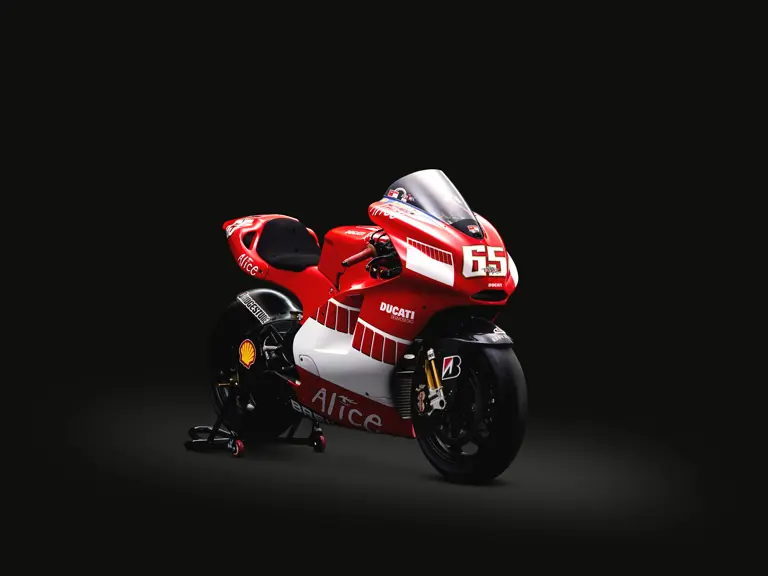
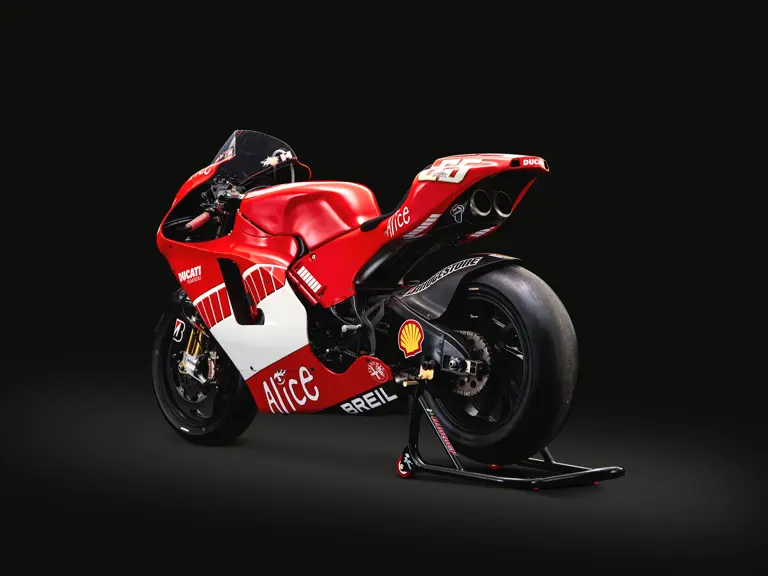
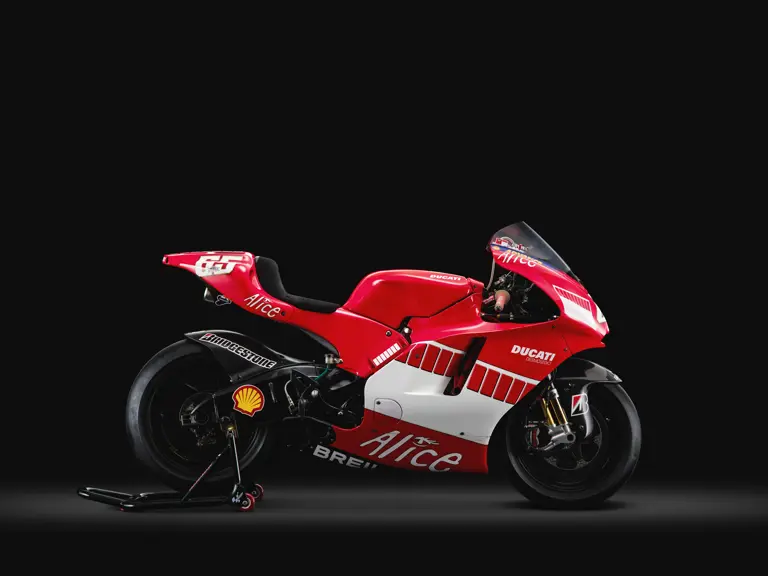
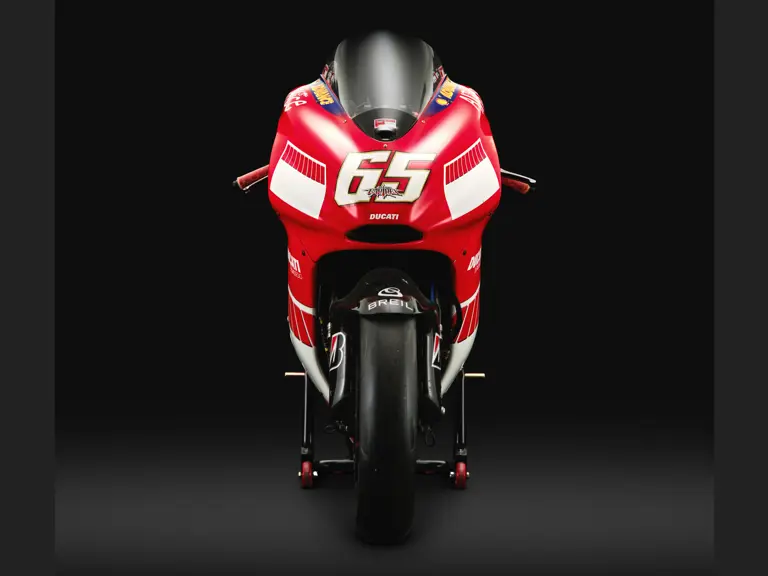
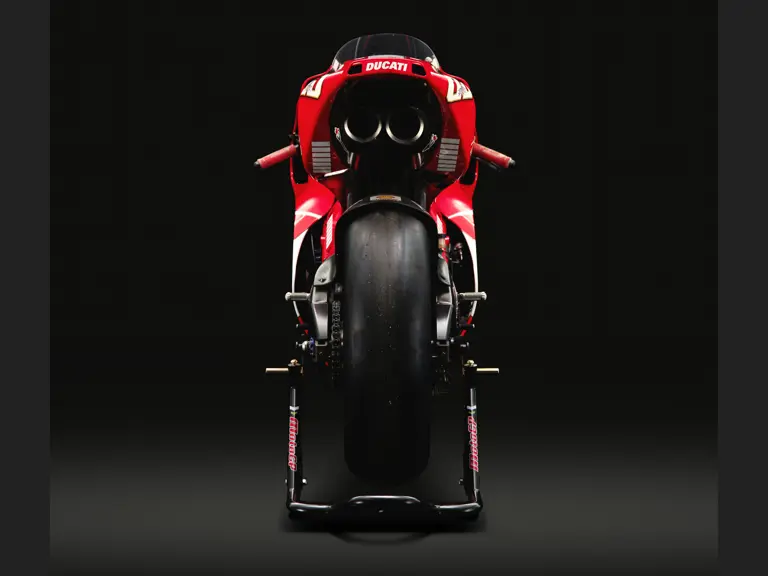

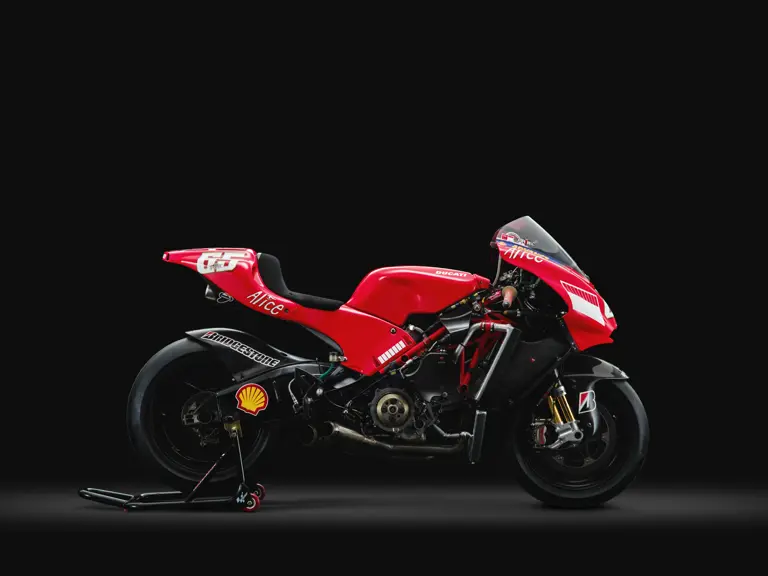
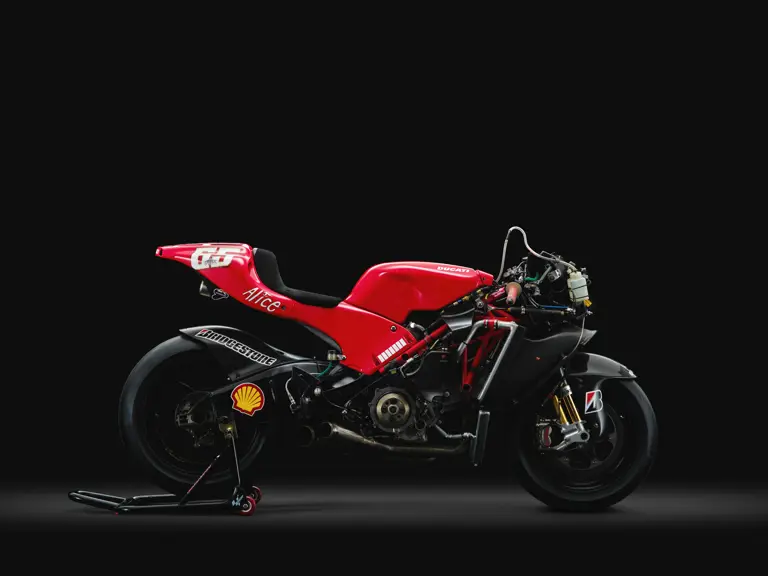


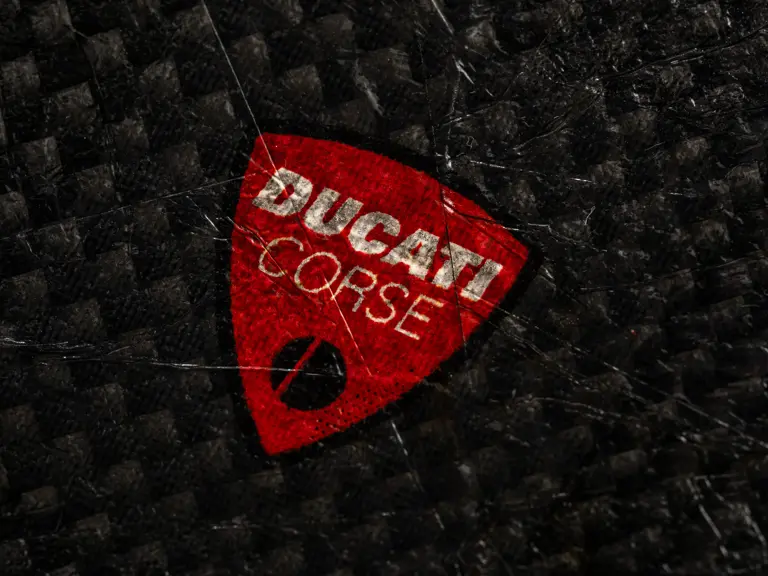
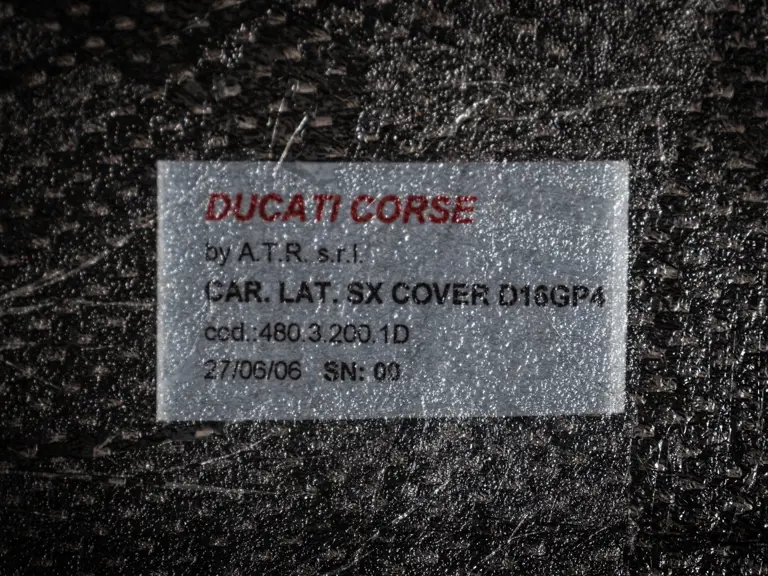
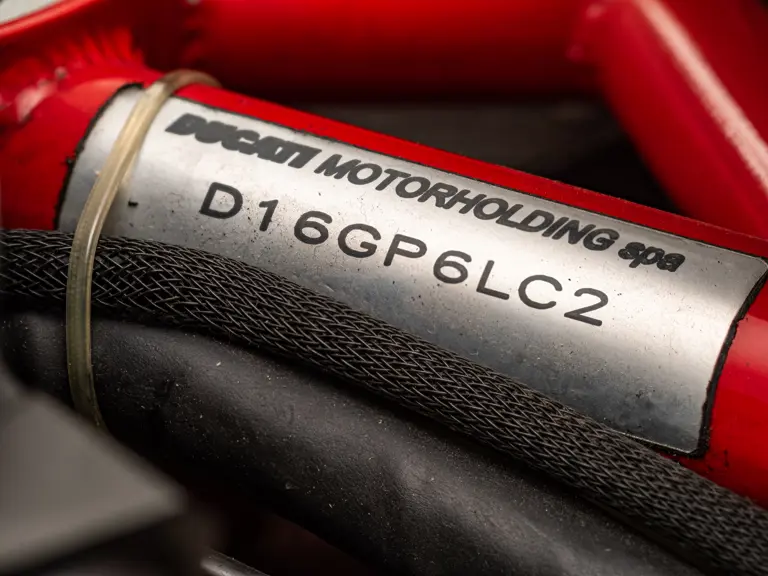
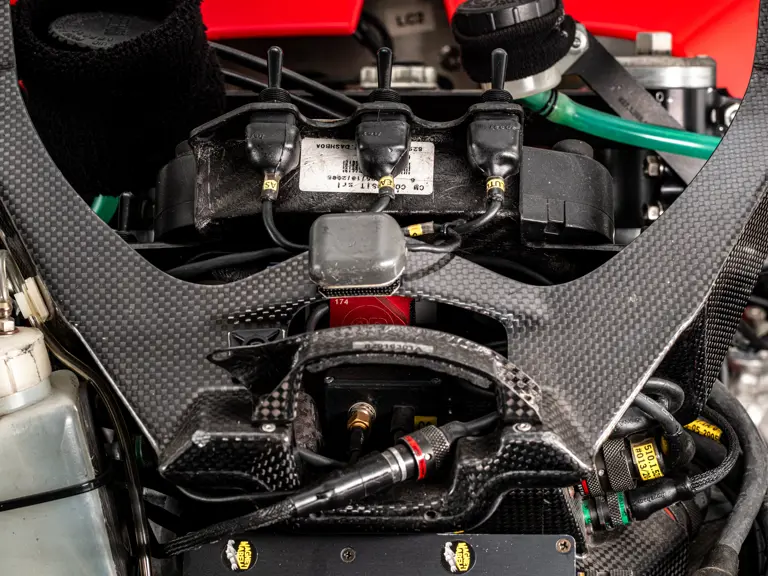
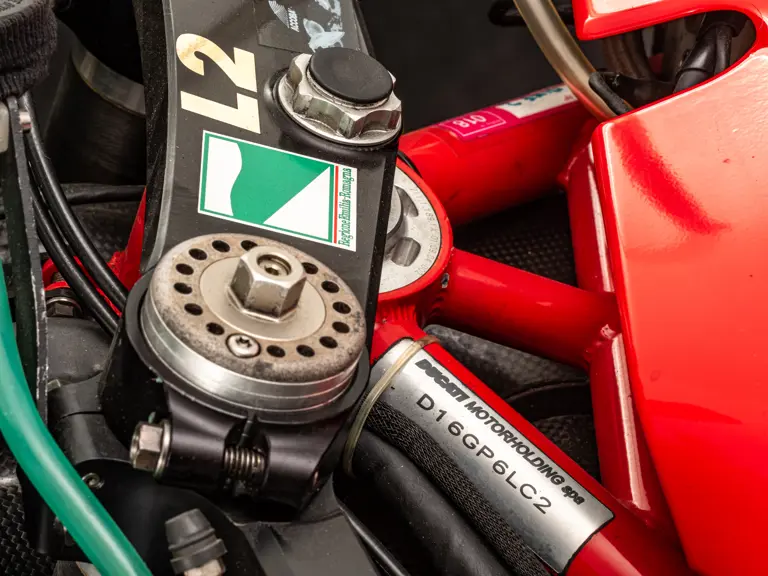
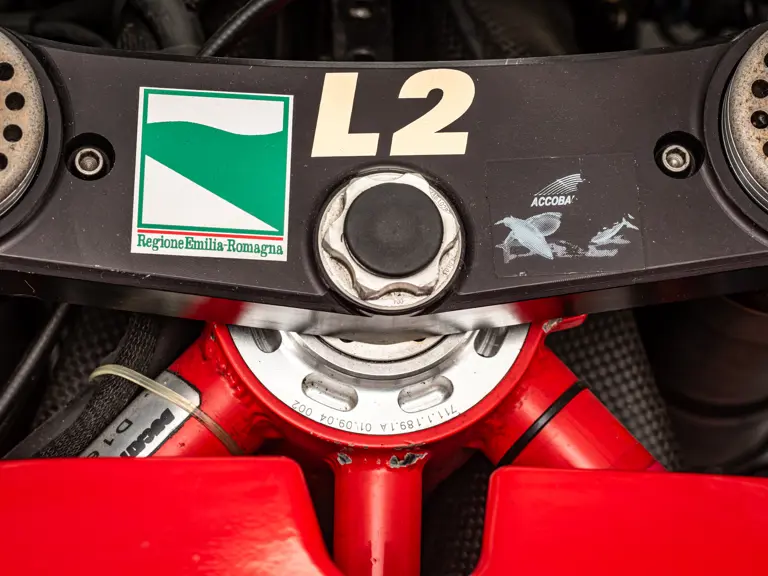
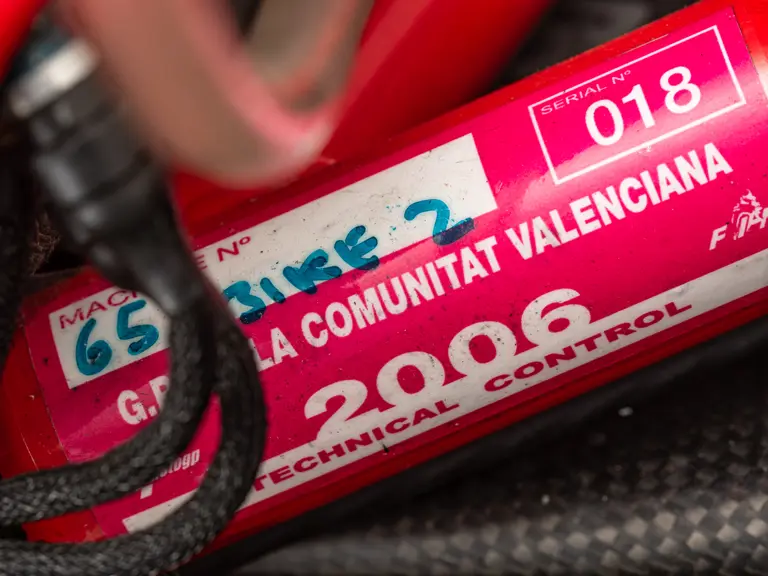
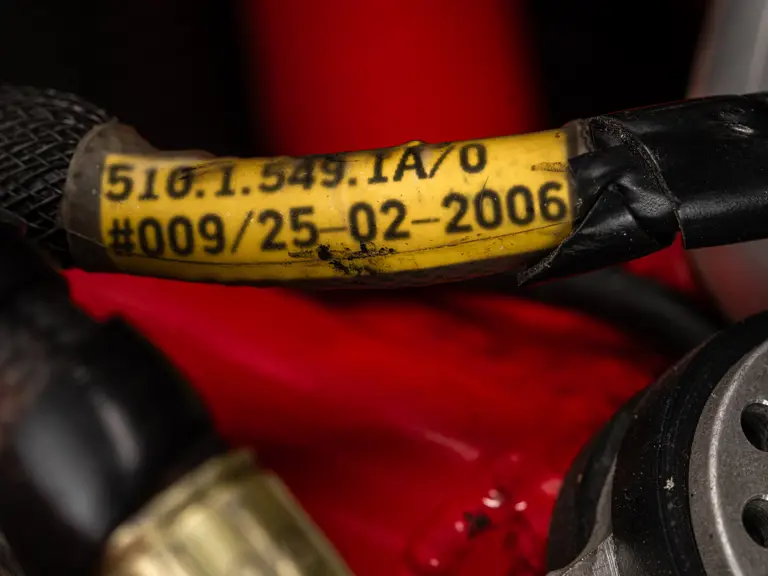
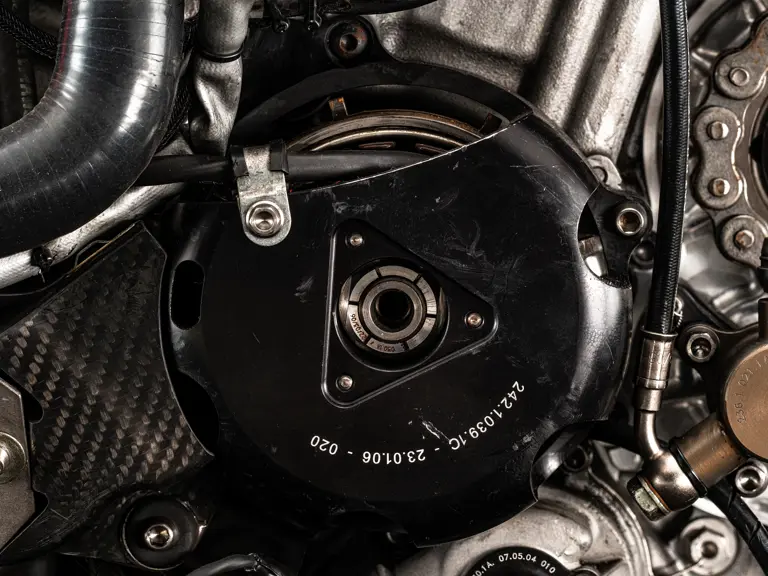
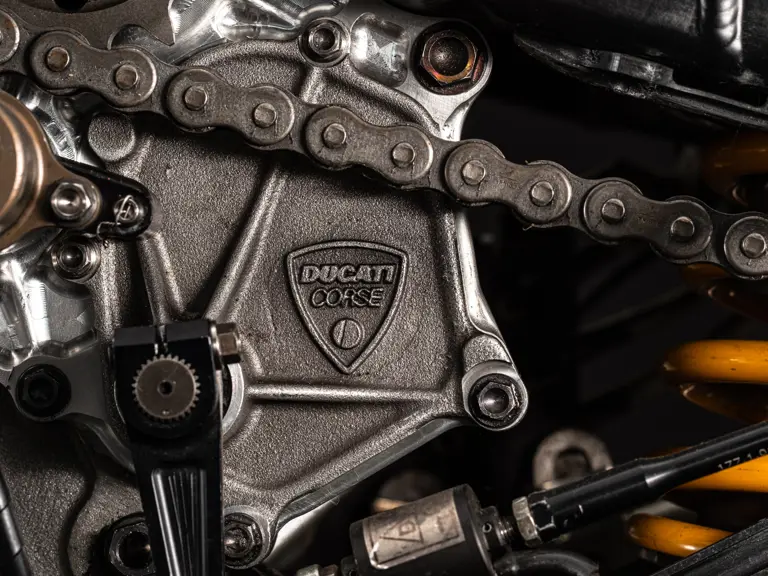
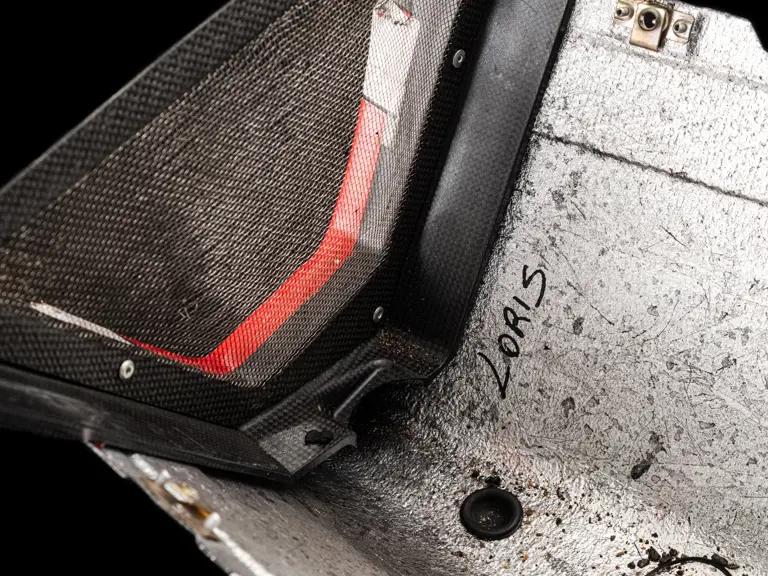
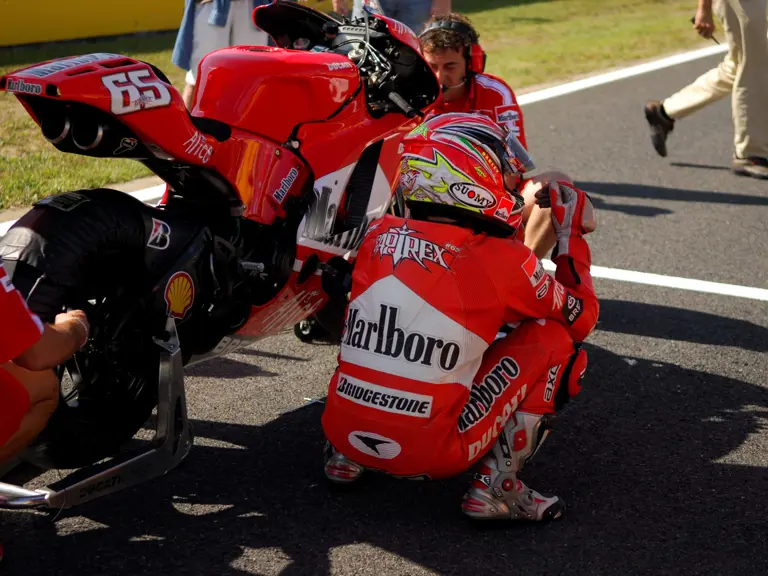
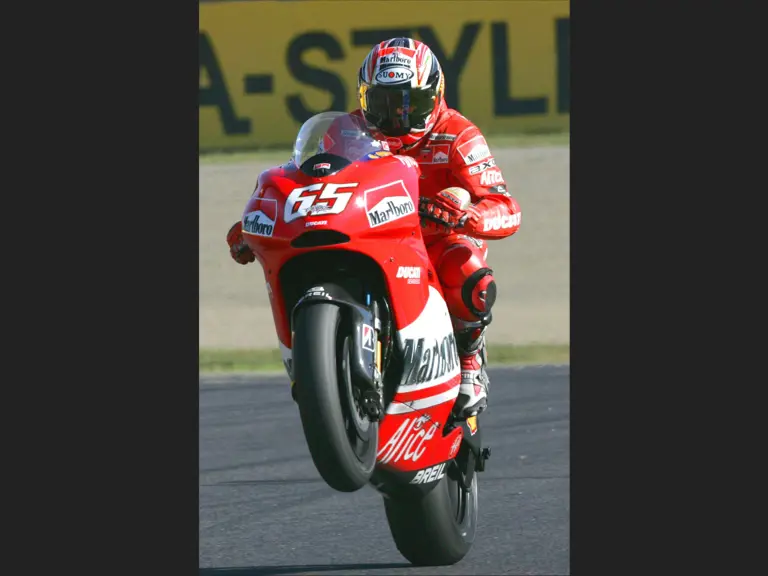
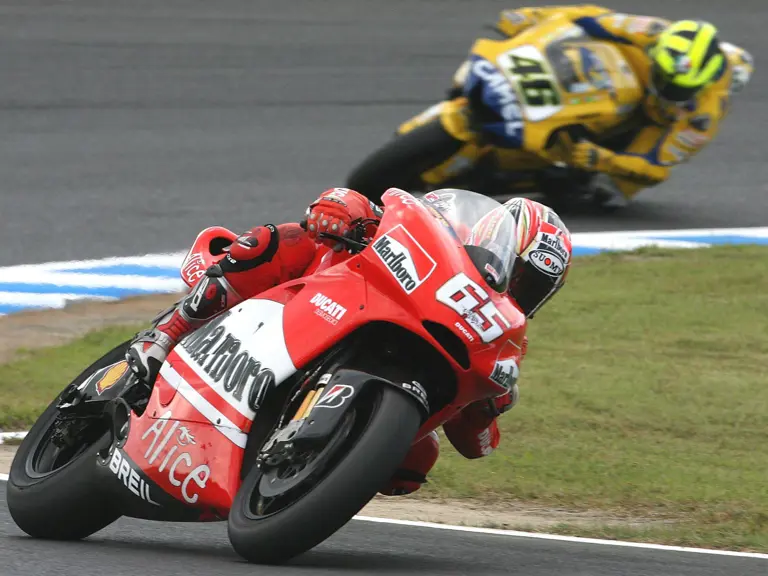
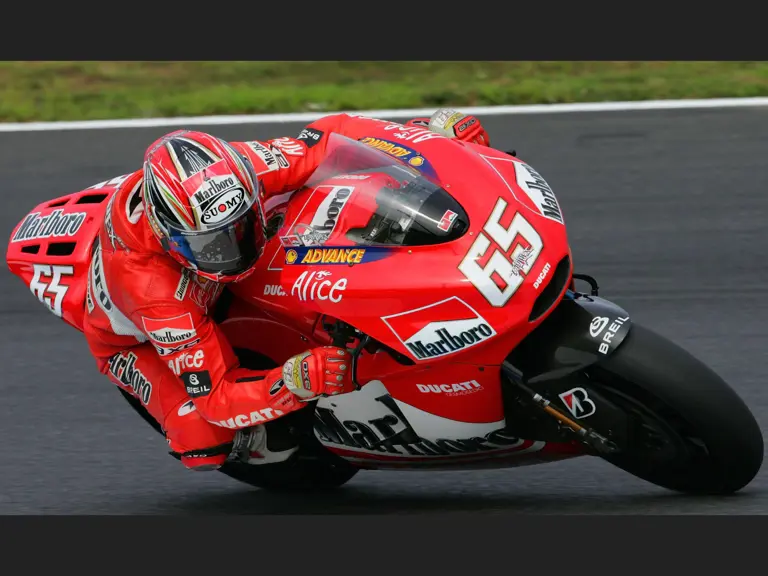
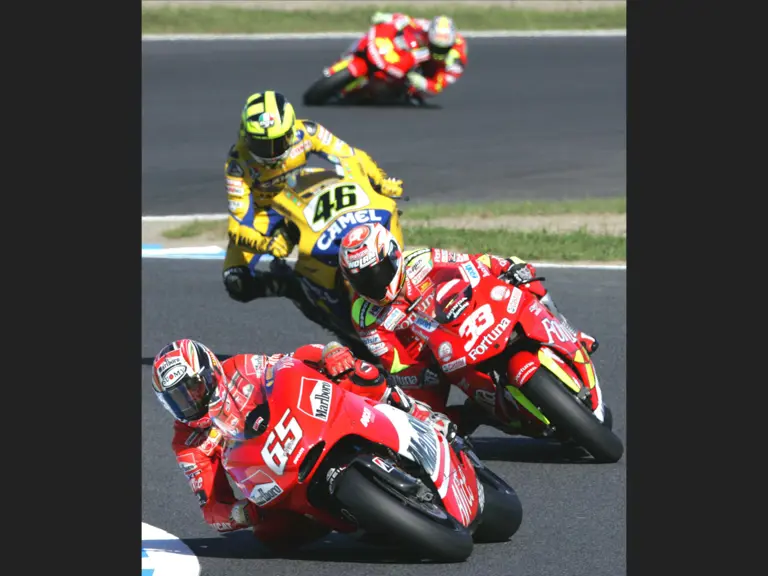
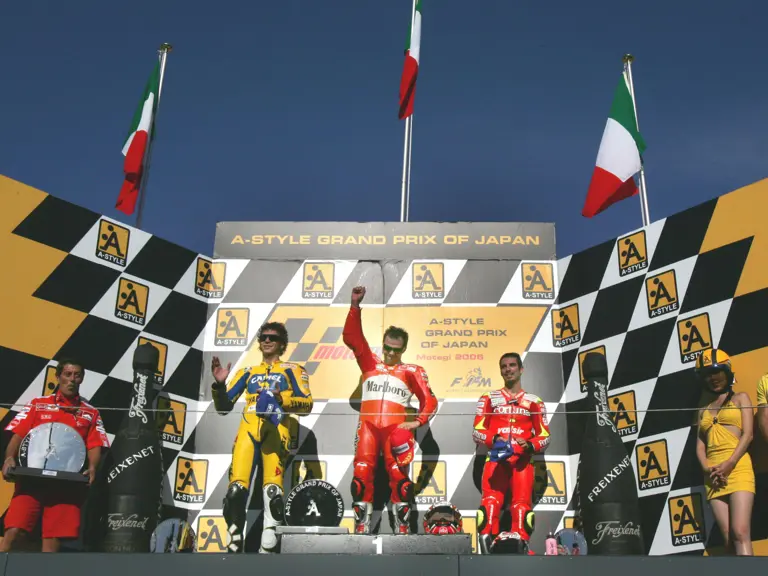

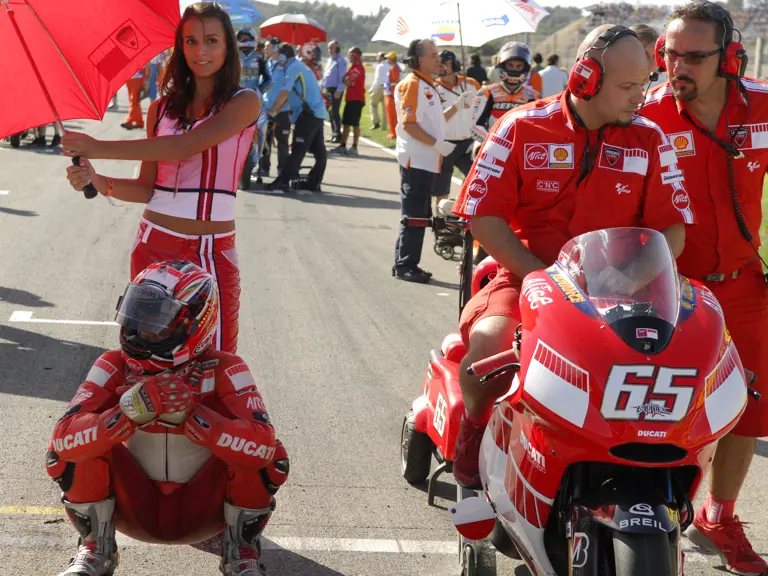
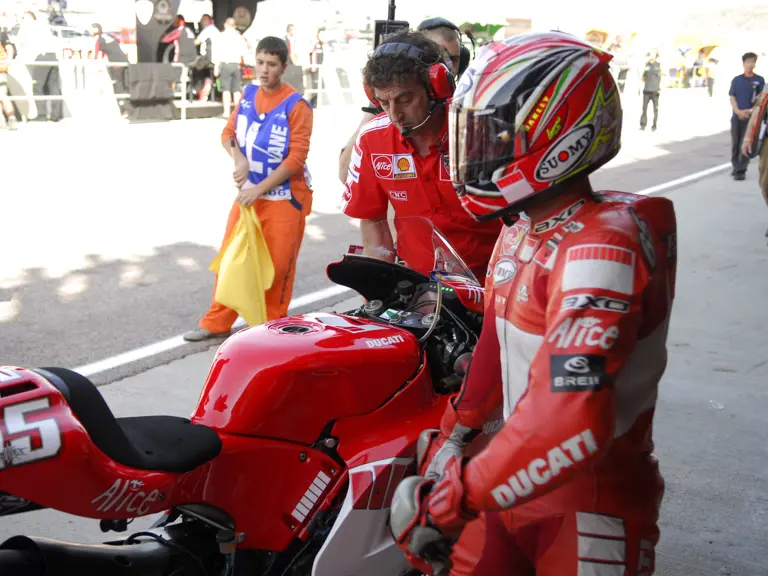
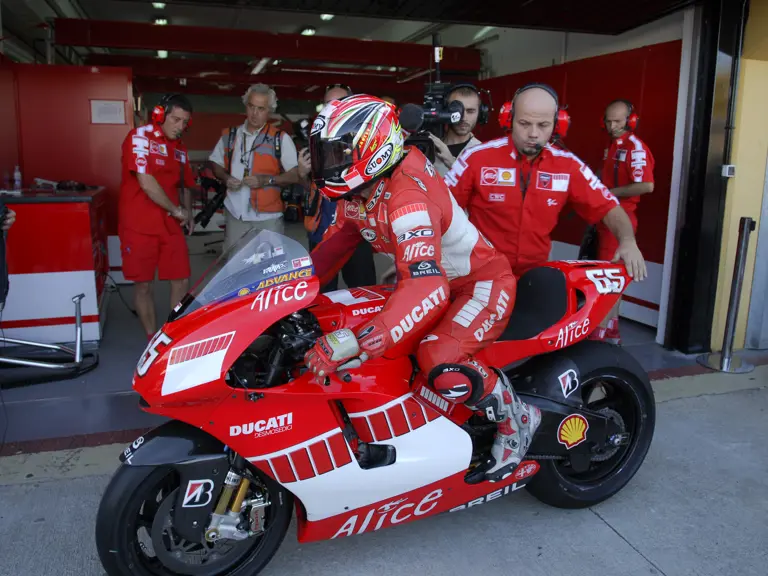
 | New York, New York
| New York, New York
